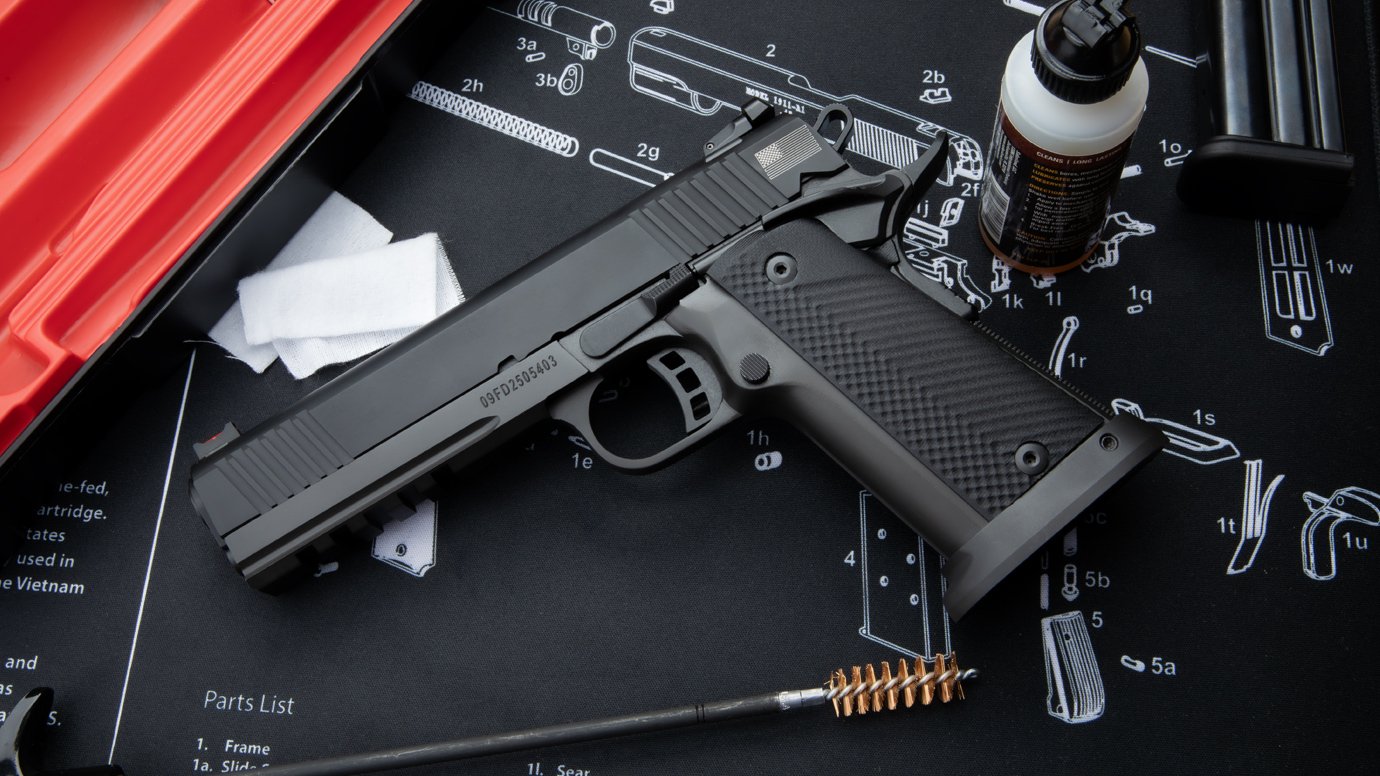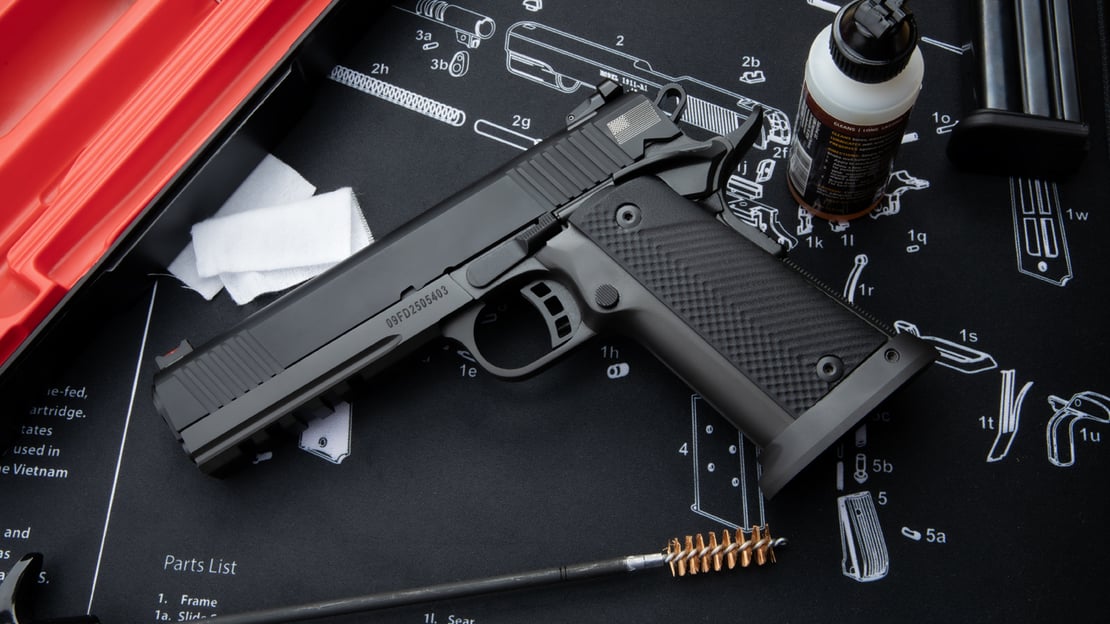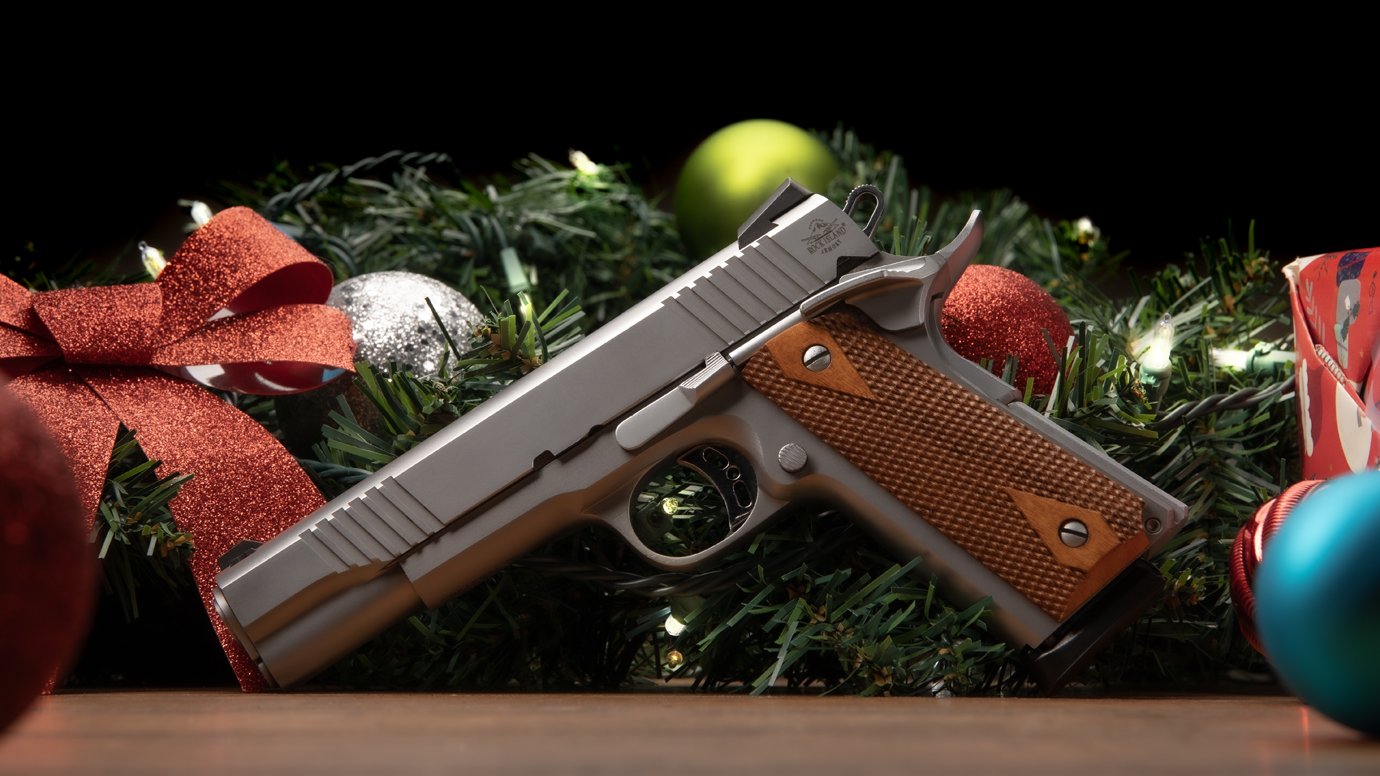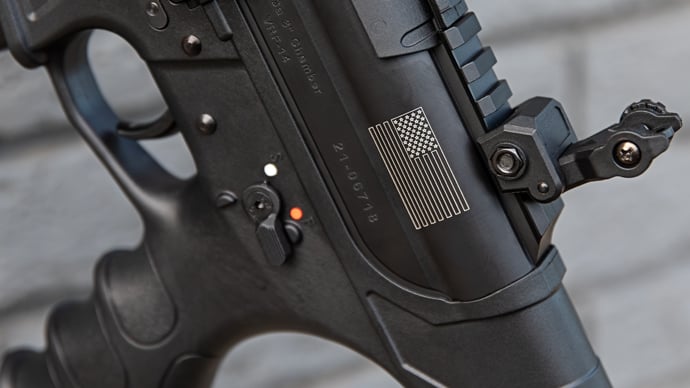How Your Pistol Works: 1911 Parts & Pieces
Posted by Team Armscor on Dec 1, 2017 4 Minute Read
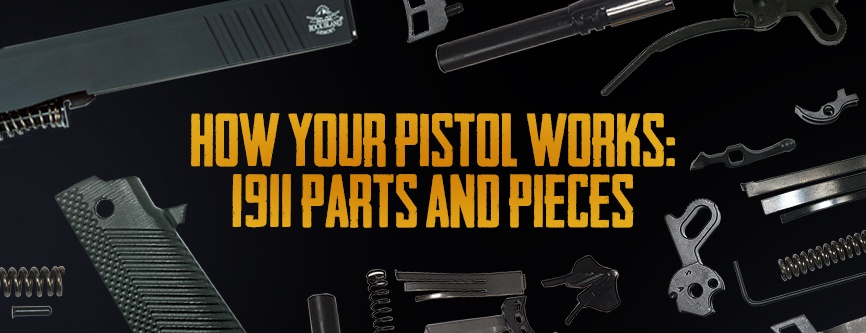
A part of being a responsible gun owner is knowing how your gun operates—and the various parts involved. The 1911 isn’t overly complicated, and operating it is quite simple. You may already know the basics of the essential parts.
But for those new to the platform, here’s the rundown.
Barrel
One of the most prominent parts of any handgun is the barrel. Today, you can find 1911s with barrels ranging from just a few inches to six inches. If you come across the terms “long slide” and “government” when looking at 1911s, those usually refer to barrel length—long slide being a six-inch barrel and government being five inches. Of course, you can also simply refer to them as "full-sized."
You might also run across 1911s that feature a “bull” barrel. A bull barrel is thicker than a normal barrel on the muzzle end but begins to taper off. A bull barrel doesn’t use a barrel bushing and rides against the slide of the gun. The tapering helps keep the barrel aligned.
Other 1911s use a barrel bushing. The barrel bushing is placed over the muzzle end of the barrel and rides against the slide with the barrel. It helps keep the barrel properly aligned. There really isn’t a significant difference in impact one way or another. Disassembly is slightly different, and the bushing might help protect against a bit of wear and tear.
Guide Rod
The guide rod is the metal cylinder inserted into the recoil spring. A full-length guide rod runs the length of the recoil spring, whereas a GI-length guide rod only runs part of the length. The thinking behind adding a guide rod is that it can prevent the recoil spring from binding and causing malfunctions.
Trigger
One of the best features of a 1911 is its trigger. Triggers on the 1911 tend to be very smooth and consistent, and this is due in part to the design. The trigger design of a 1911 is different than triggers in most modern handguns. It actually slides into the frame of the pistol, whereas other triggers on other handguns act more like a lever, swinging back from a point.
Safeties
The grip safety is the protruding, curvemd piece on the backside of the grip. In order to fire, this safety needs to be pressed in. 1911s also typically have a manual lever safety that has to be flipped down. Most modern designs have incorporated an extended manual safety to make it easier to switch off.
Disassembly
Not sure how to take apart that new 1911? Here’s how you take one down!


